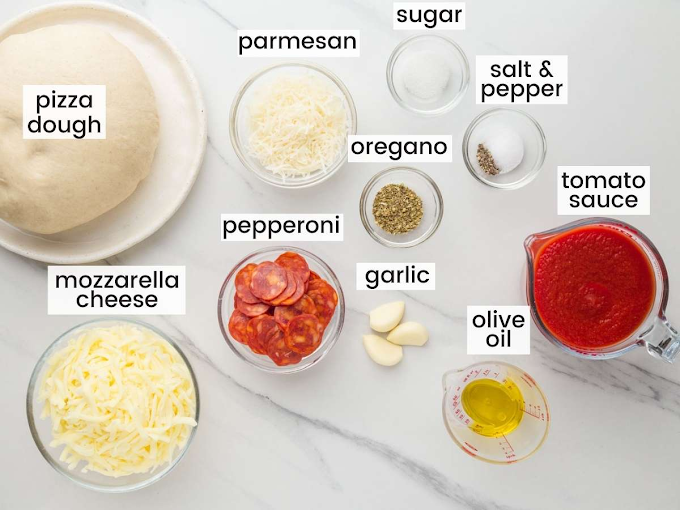The Ultimate Guide to Becoming a Successful Food Blogger
Introduction
Food blogging is a deliciously rewarding passion that combines culinary creativity, storytelling, and photography. Whether you want to share homemade recipes, review restaurants, or explore global cuisines, food blogging can turn your love for food into a thriving online presence.
1. Choosing Your Food Blog Niche
Before starting, decide on your niche. Some popular niches include:
Recipe Blogging: Sharing homemade recipes with step-by-step instructions.
Restaurant Reviews: Visiting and reviewing eateries.
Healthy Eating: Promoting nutritious meals and diet plans.
Food Travel: Exploring cuisines from different cultures.
Baking & Desserts: Focusing on sweet treats and pastries.
2. Setting Up Your Food Blog
A. Selecting a Blogging Platform
WordPress.org: Best for customization and SEO.
Blogger: A beginner-friendly option.
Wix or Squarespace: Great for visually appealing blogs.
B. Choosing a Domain Name
Pick a unique and catchy domain name that represents your brand, such as TastyBitesBlog.com or TheSavoryChef.com.
C. Web Hosting
Reliable web hosting options include:
Bluehost
SiteGround
Hostinger
3. Creating High-Quality Food Content
A. Recipe Writing Tips
Use clear, step-by-step instructions.
Include ingredient substitutions.
Add a personal touch or story.
Example:
"This creamy garlic butter pasta was my grandmother’s favorite! It’s a simple yet indulgent dish that’s perfect for any occasion."
B. Restaurant Reviews
Mention ambiance, service, menu variety, and pricing.
Include high-quality images of food.
Give an honest rating.
C. Food Photography
Use natural lighting for better food presentation.
Invest in a good camera or smartphone with a quality lens.
Edit photos using Lightroom or Snapseed.
4. SEO Optimization for Food Blogs
A. Keyword Research
Use tools like Google Keyword Planner or Ubersuggest to find trending food-related keywords.
B. On-Page SEO
Use H1, H2, and H3 headings.
Optimize images with alt text (e.g., "Homemade Chocolate Cake").
Add meta descriptions.
C. Internal & External Linking
Link to your other blog posts.
Cite credible food sources for authenticity.
5. Promoting Your Food Blog
A. Social Media Strategies
Instagram & Pinterest: Share visually appealing images.
YouTube & TikTok: Create short recipe videos.
Facebook & Twitter: Engage with food communities.
B. Guest Blogging & Collaborations
Write guest posts for other food bloggers or collaborate with brands for sponsored content.
C. Email Marketing
Build an email list and send weekly recipe newsletters.
6. Monetizing Your Food Blog
A. Affiliate Marketing
Promote kitchen gadgets, cookware, or ingredients with affiliate links.
B. Sponsored Posts
Collaborate with brands and food companies to create sponsored content.
C. Ad Revenue
Enable Google AdSense or Mediavine ads for passive income.
D. Selling Ebooks & Online Courses
Offer exclusive recipe ebooks or food photography courses.
7. Staying Consistent & Growing Your Blog
A. Creating a Content Calendar
Plan weekly or monthly blog posts to maintain consistency.
B. Engaging with Your Audience
Respond to comments, join food blogger communities, and take feedback seriously.
C. Keeping Up with Trends
Stay updated on food trends like plant-based diets or keto recipes to attract new audiences.
Conclusion
Starting a food blog requires passion, creativity, and dedication. By following these steps, you can turn your love for food into a successful blog that attracts thousands of readers. So grab your camera, cook up something delicious, and start sharing your food journey with the world!



